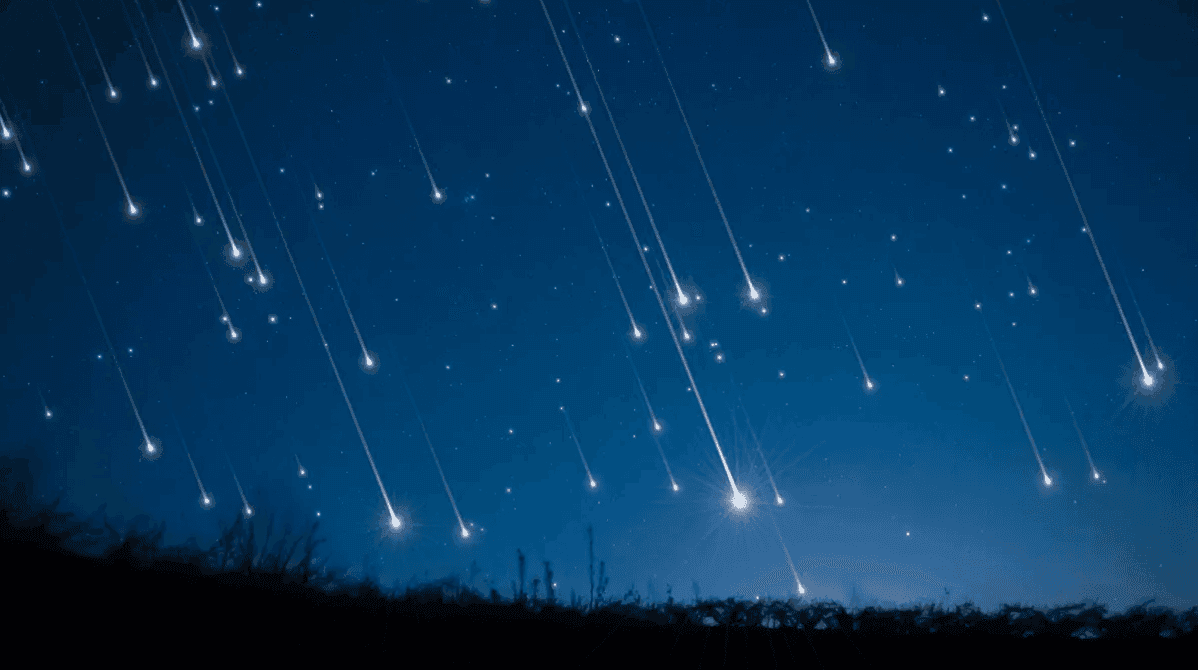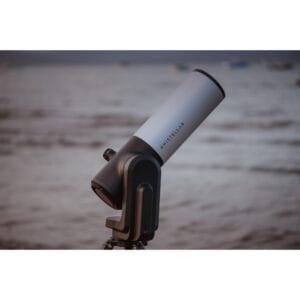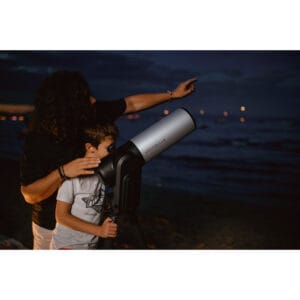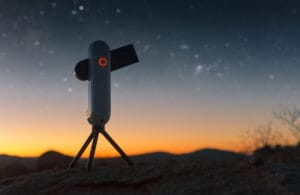The Leonids meteor shower is active this year from November 3, 2024, through
December 2, 2024, with its peak during the night of November 16-17. This spectacular shower occurs when Earth passes through the dust and debris trail of comet 55P/Tempel-Tuttle. Every 33 years, this comet reaches the solar system and leaves behind a debris trail that, when Earth passes through it, creates the Leonids meteor shower. The Leonids are among the fastest meteors, moving at an impressive speed of 71 kilometers per second. They often produce beautiful fireballs with long, bright, and colorful light trails across the night sky.
How and Where to View the Leonids
During the peak of the Leonids, the nearly full moon may somewhat hinder the visibility of fainter meteors. For the best view, it’s recommended to go to a dark location, far from artificial light. Find a spot with a wide view of the sky. Meteors will appear to come from the Leo constellation, but you can see them anywhere in the sky. Avoid looking directly at the Leo constellation, as meteors seen further from this point often leave longer and brighter trails.
What Makes the Leonids So Special?
Every few decades, the Leonids meteor shower can erupt into a spectacular meteor storm, with hundreds to thousands of meteors visible per hour. The last meteor storm occurred in 2002, and the previous one in 1966, when thousands of meteors were visible within just 15 minutes. However, the most impressive Leonids storm was recorded in 1833, when an estimated 100,000 meteors per hour lit up the sky.
How Do the Leonids Form?
The Leonids are caused by debris from comet 55P/Tempel-Tuttle, which orbits the sun every 33 years. When Earth passes through this debris, the particles burn up in the atmosphere, creating the “shooting stars” we see in the sky. Comet Tempel-Tuttle was discovered in the 19th century by Ernst Tempel and Horace Tuttle and has a nucleus of only 3.6 kilometers in diameter.
Practical Tips for Viewing the Leonids
To optimally view the Leonids, it’s best to go outside between midnight and sunrise when the sky is darkest. Make sure to go to a location with minimal light pollution. For good preparation, bring warm clothing, a red flashlight (to avoid disrupting your night vision), a comfortable chair or lounger, and perhaps a hot drink to stay cozy while watching. It usually takes about 30 minutes for your eyes to fully adjust to the dark, so give yourself time to get the most out of the experience.
When Can We Expect the Next Meteor Storm?
The next major chance for such a storm could be around 2035, when comet Tempel-Tuttle approaches the sun again. However, it’s impossible to predict exactly when we’ll see another meteor storm. One thing 2024 has taught us is that space can be unpredictable, just look at the arrival of comet Atlas, which is visible once every 80,000 years. Though, the Leonids shower will be visible sooner than we think….
How to Best Observe a Meteor Shower?
1. Choose the Right Time
Meteor showers are usually best visible between midnight and sunrise. Most meteors are visible then because the part of Earth where you are is moving “toward” the meteor shower. Check the peak time in advance, as you can typically see more meteors per hour then.
2. Find a Dark Location
Avoid light pollution as much as possible. City lights make it difficult to see fainter meteors, so look for a location outside the city, such as an open field or nature area. The less artificial light, the better.
3. Give Your Eyes Time to Adjust to the Dark
Your eyes need at least 20-30 minutes to fully adapt to the darkness. Avoid bright light, including your phone screen, to maintain your night vision. A red flashlight is useful, as red light has less impact on your dark adaptation ability.
4. Bring the Right Equipment
Although you don’t need a telescope or binoculars to see a meteor shower (meteors are visible to the naked eye), a few practical items are helpful:
- A comfortable chair or lounger so you can relax while looking up.
- Warm clothing and possibly a blanket to stay warm, especially during cold nights.
- A thermos with hot drinks to stay comfortable.
5. Don’t Look Directly at the Radiant
Although the meteors appear to come from a specific point in the sky (the radiant), you can often see them better by looking slightly away. Meteors that appear further from the radiant often leave longer, brighter trails.
6. Be Patient and Enjoy
It may take some time before you see a meteor, so be patient and enjoy the peace and view. Take time to enjoy the experience, and remember that meteor showers offer a unique spectacle every year!
Conclusion
The Leonids meteor shower is an annual celestial show worth watching. Whether you’re an enthusiastic stargazer or just curious about shooting stars, the Leonids promise an impressive spectacle each year. Make sure you’re prepared and enjoy this special natural phenomenon. Don’t forget to make a wish when you see a bright meteor – it might come true!
Interested? Check out our smart telescope:
Or our entry model for beginners:





